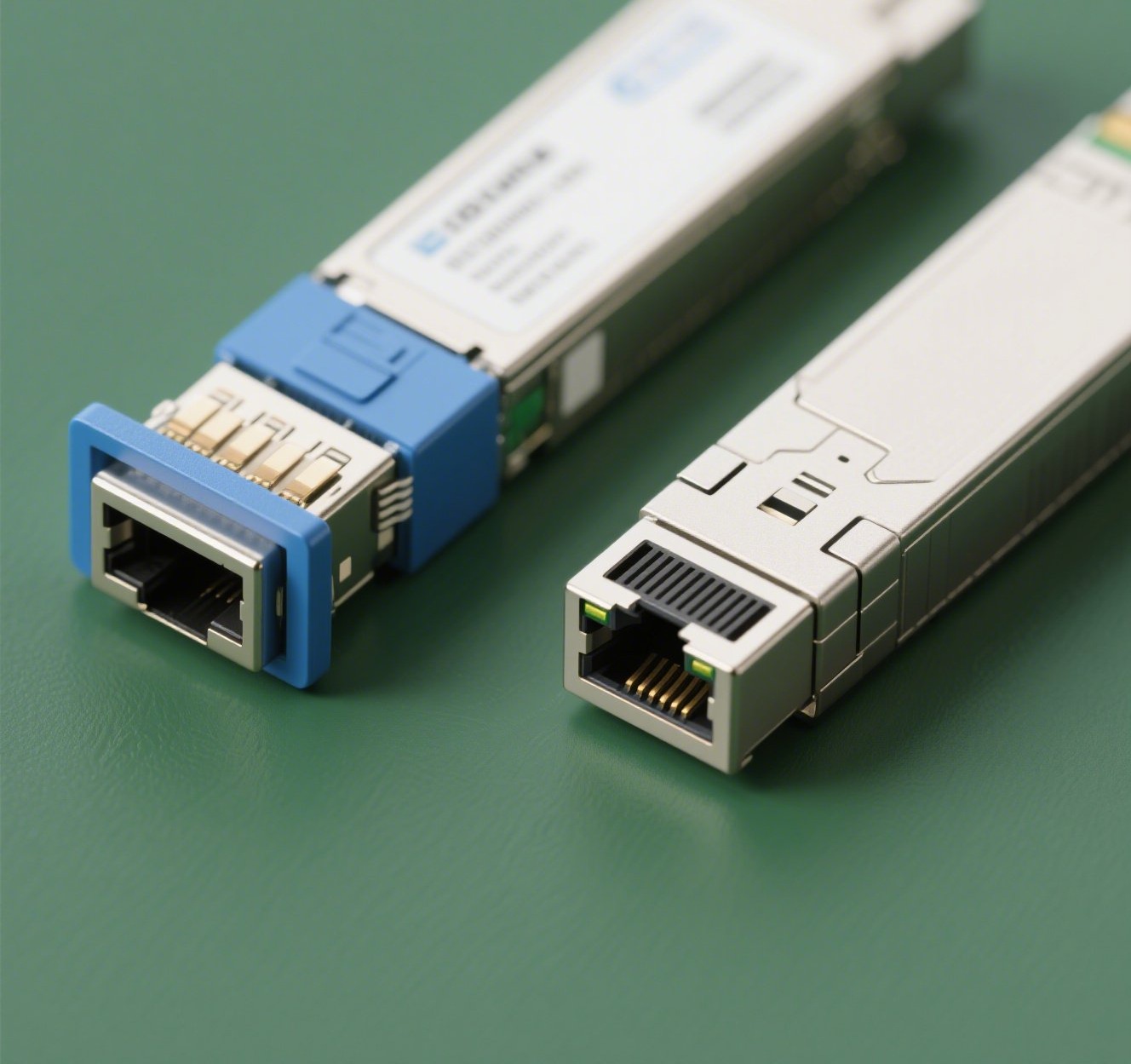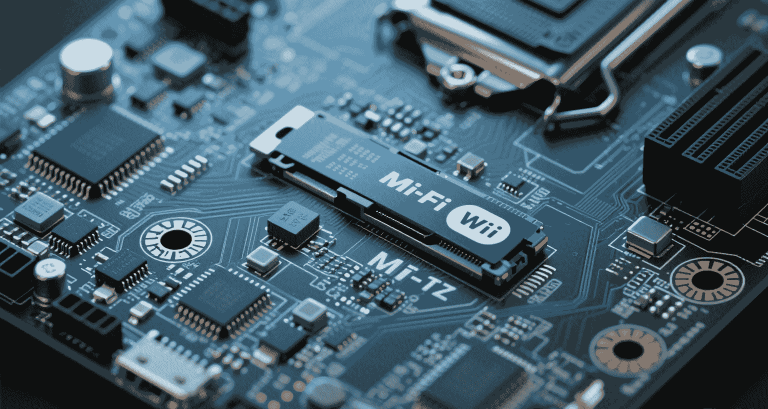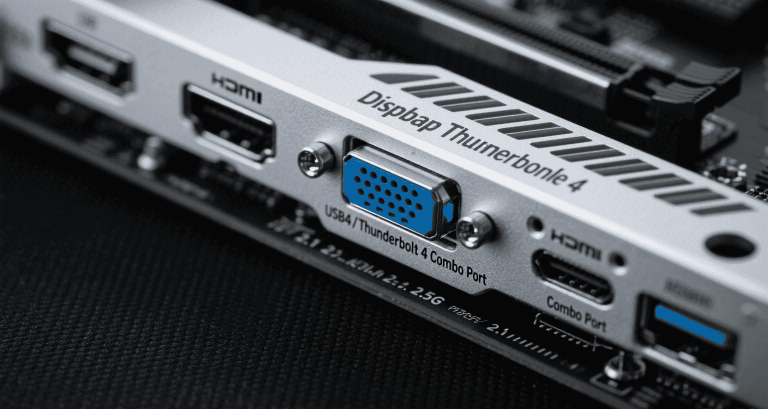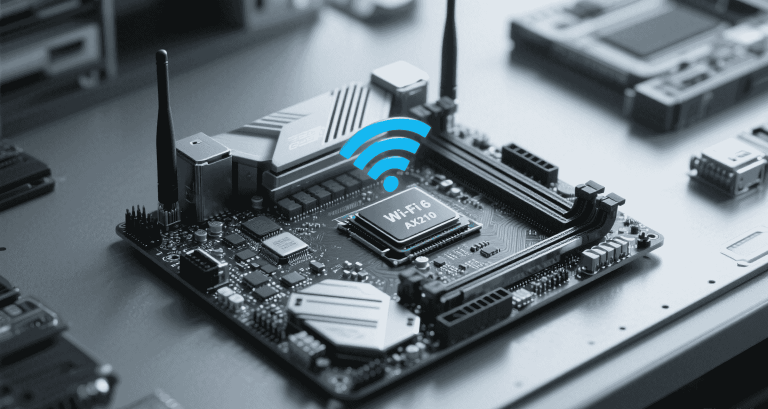SFP Port vs RJ45: Which One Fits Your Networking Needs?
SFP port offers higher data rates and longer distances compared to RJ45, making it ideal for high-speed networking applications.

Table of Contents
- Introduction
- Scalability Options
- What is an SFP Port?
- Types of SFP Modules
- What is an RJ45 Port?
- Speeds and Cable Categories
- Differences Between SFP and RJ45
- When to Use SFP
- When to Use RJ45
- Rise of Multi-Gigabit Ethernet
- Our Take at miniitxboard
- Q&A
- Conclusion
Introduction
Choosing between an SFP port and an RJ45 port can be critical to your network’s performance, scalability, and cost-efficiency. At miniitxboard, we often guide system integrators, IT professionals, and embedded engineers through this exact decision.
Scalability Options with SFP vs RJ45
| Feature | SFP Port | RJ45 Port |
|---|---|---|
| Distance | Up to 80 km (fiber) | Up to 100 m |
| Bandwidth | 1G to 100G | Up to 10G (Cat6A) |
| Cost | Higher | Lower |
| Use Case | Data centers, fiber backbone | LAN, home networks |
What is an SFP Port?
An SFP port (Small Form-factor Pluggable) is a compact, hot-swappable port supporting modular transceivers for fiber or copper connections. Ideal for scalable, long-range networks.
Types of SFP Modules
| Module | Cable Type | Speed | Max Distance |
|---|---|---|---|
| SFP | Fiber/Copper | 1 Gbps | 550m–80km |
| SFP+ | Fiber | 10 Gbps | Up to 40km |
| SFP28 | Fiber | 25 Gbps | Up to 10km |
| SFP to RJ45 | Copper | 1 Gbps | Up to 100m |
What is an RJ45 Port?
RJ45 is the standard connector for Ethernet networking over twisted pair copper cables. It’s affordable, widely available, and supports up to 10 Gbps over short distances.
Speeds and Cable Categories
| Cable | Max Speed | Max Distance | Used With |
|---|---|---|---|
| Cat5e | 1 Gbps | 100 meters | RJ45 |
| Cat6 | 1–10 Gbps | 55–100 meters | RJ45 |
| Fiber OM3 | 10–100 Gbps | 300m+ | SFP/SFP+ |
Differences Between SFP and RJ45
| Feature | SFP | RJ45 |
|---|---|---|
| Media Type | Fiber/Copper (via module) | Copper |
| Max Distance | Up to 80km | 100m |
| EMI Immunity | High | Low |
| Installation | Modular | Plug & play |
When to Use SFP
- High-speed applications (10G+)
- Long-distance data transmission
- EMI-sensitive environments
- Data center or fiber backbone networks
When to Use RJ45
- Short-range (≤100m) networks
- Lower budgets
- Simple installation needs
- Home or office networks
Rise of Multi-Gigabit Ethernet
| Standard | Speed | Connector | Required Cable |
|---|---|---|---|
| 2.5GBASE-T | 2.5 Gbps | RJ45 | Cat5e+ |
| 5GBASE-T | 5 Gbps | RJ45 | Cat6+ |
| 10GBASE-T | 10 Gbps | RJ45 | Cat6A+ |
Our Take at miniitxboard
At miniitxboard, we support both worlds. Whether you need SFP for an edge AI deployment or RJ45 for cost-effective LAN designs, we offer embedded boards with both options.
Example:
- SFP-enabled board: Ideal for edge servers or industrial routers
- RJ45 Ethernet board: Best for kiosks, digital signage, and embedded PCs
Q&A
- Which port supports longer distances? – SFP (up to 80km)
- Which is more cost-effective? – RJ45
- Which supports fiber optic? – SFP
- Which is easier to install? – RJ45
- Can I use both in one system? – Yes, via combo ports or modules
Conclusion
SFP ports are the go-to for performance, distance, and EMI immunity, while RJ45 ports are ideal for affordability and ease of deployment. At miniitxboard, we offer embedded solutions with both options, tailored to your unique application needs.




